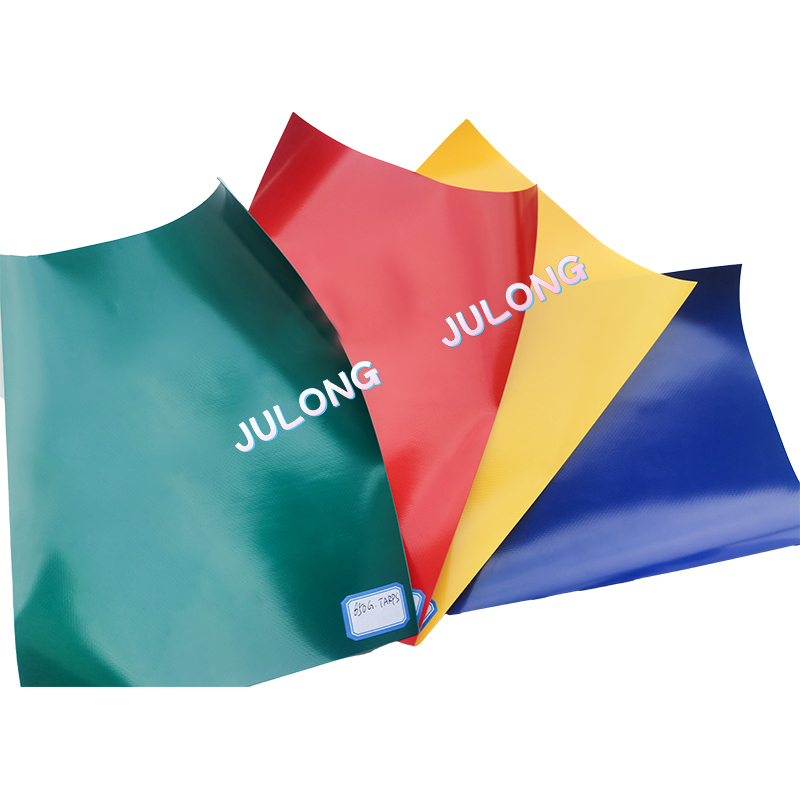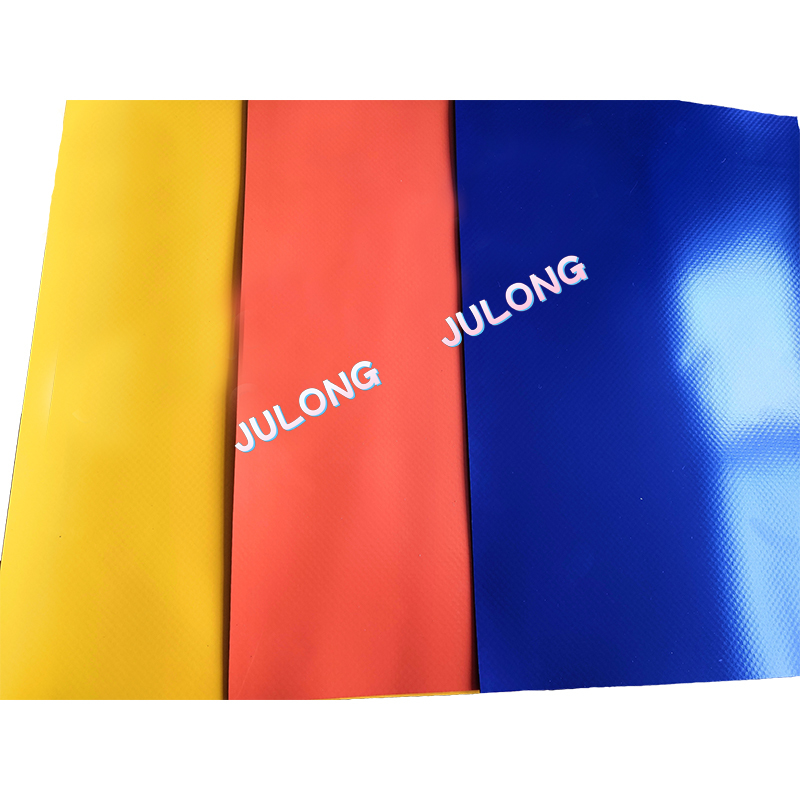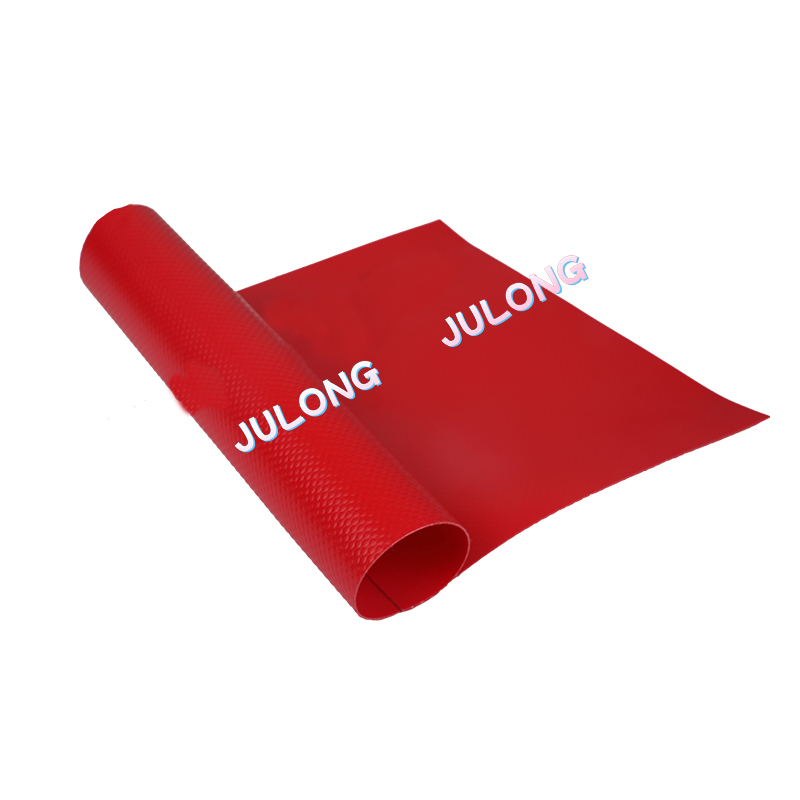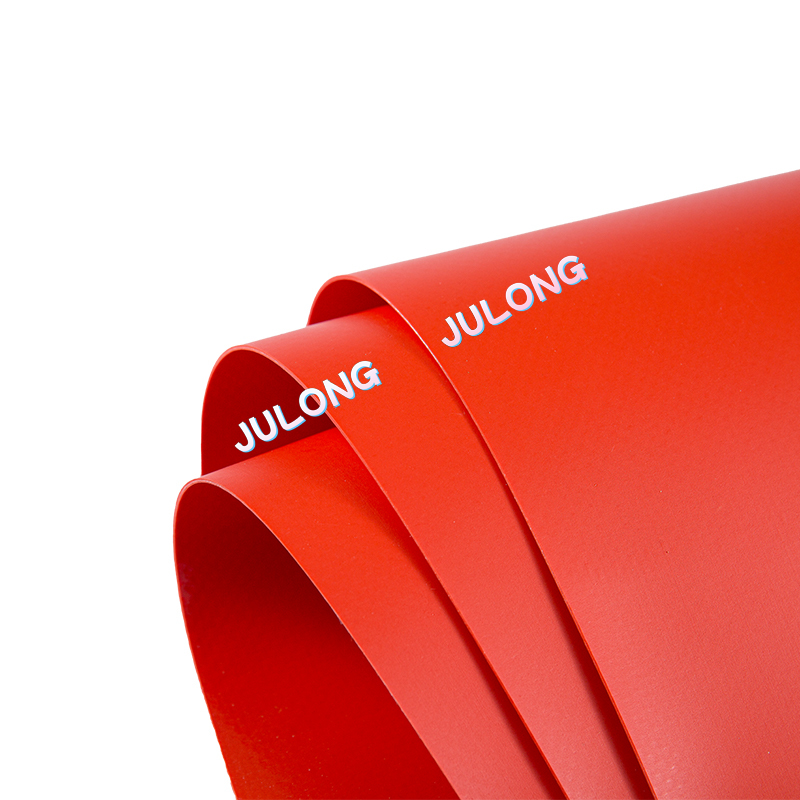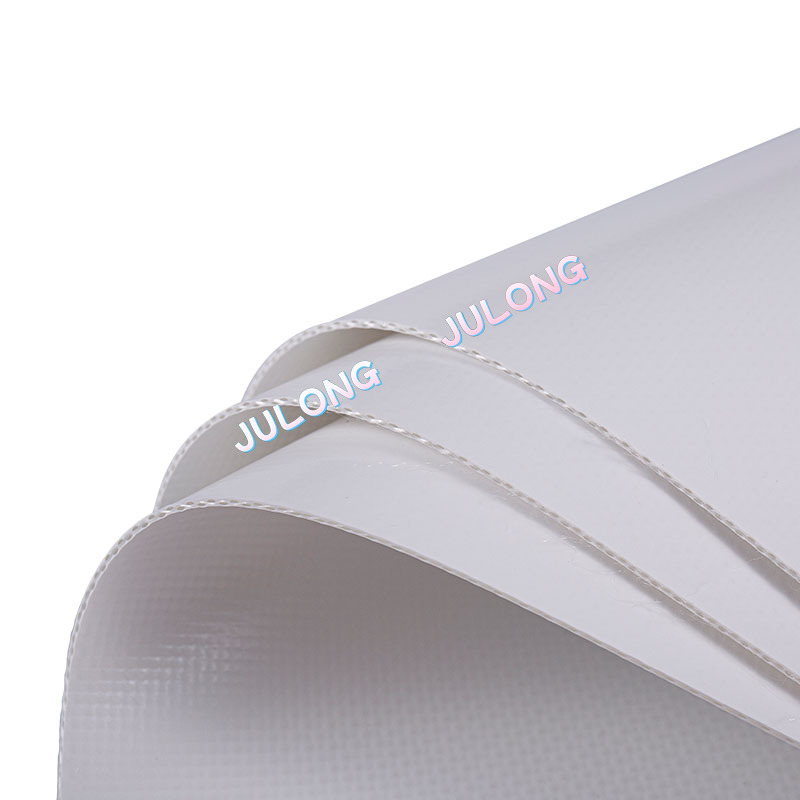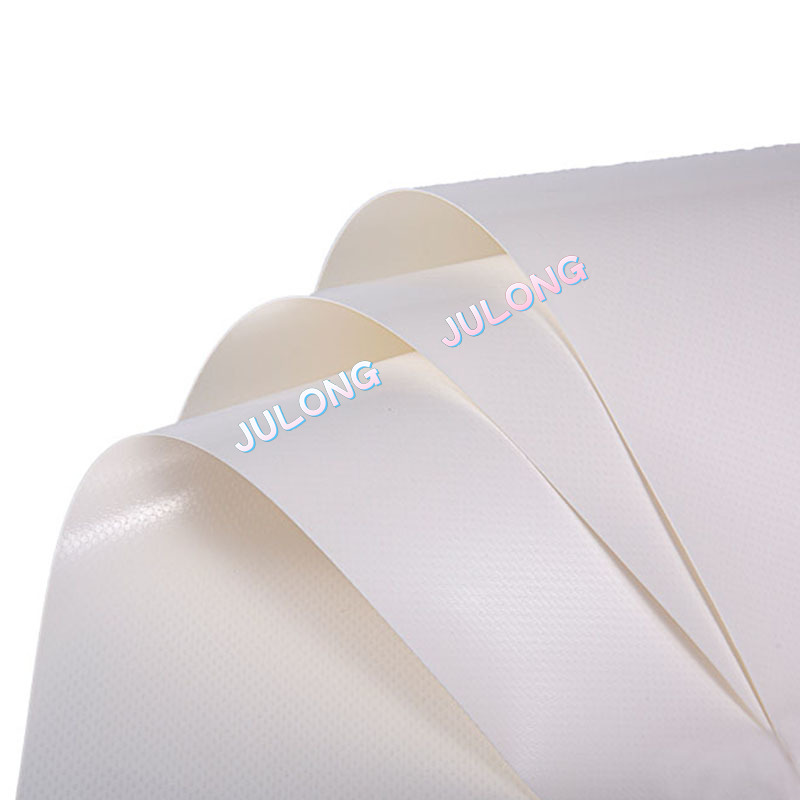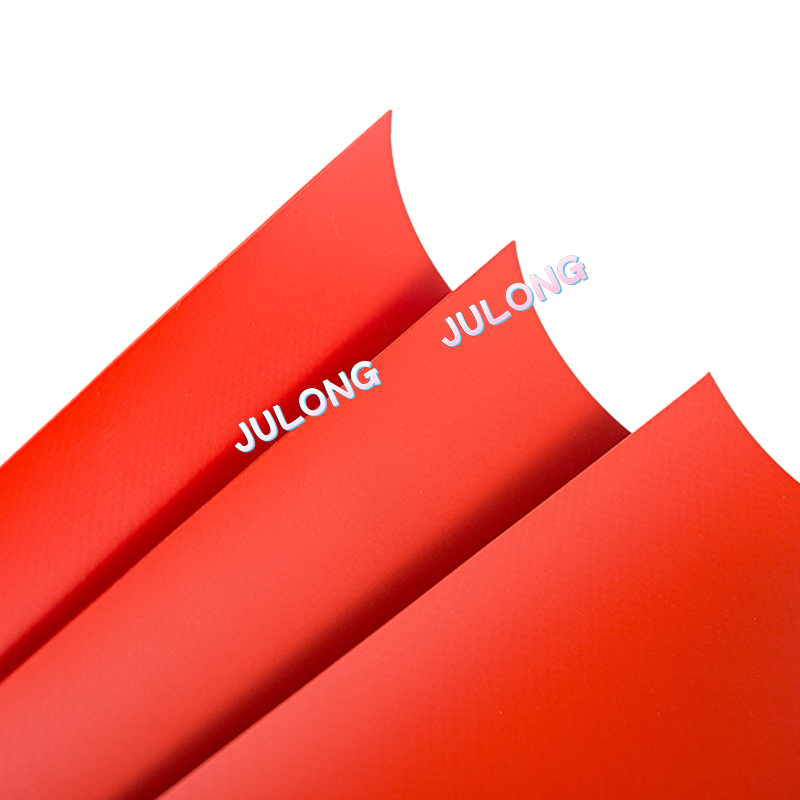Polyvinyl chloride (PVC) membrane structures are commonly used in architecture and construction for roofing, canopies, and other covered spaces. In the context of PVC membrane Structure materials, the term "micro-domain formation" might not be used in the same way as it is for biological membranes. However, the concept of micro-domains can still be applied to describe certain features of PVC membranes.
In the context of PVC membrane structures, "micro-domain formation" could refer to the arrangement or distribution of polymer chains, plasticizers, and additives within the PVC material. PVC membranes are typically composed of PVC polymer, plasticizers (which enhance flexibility and durability), stabilizers (to protect against UV radiation and other environmental factors), and potentially other additives.
Here's how the concept of micro-domains could relate to PVC membrane structures:
Distribution of Plasticizers: Plasticizers are added to PVC to increase its flexibility and make it more suitable for various applications, such as architectural membranes. These plasticizers can form small-scale domains within the PVC material, affecting its overall flexibility and mechanical properties.
Polymer Chain Arrangement: The arrangement of polymer chains within the PVC matrix can lead to variations in material properties. These arrangements might be influenced by factors such as processing conditions (e.g., during membrane manufacturing), temperature, and chemical interactions.
Additive Distribution: Stabilizers, UV inhibitors, fire retardants, and other additives might be non-uniformly distributed within the PVC membrane material, forming localized micro-domains that contribute to specific performance characteristics.
Surface Properties: Micro-domains on the surface of PVC membranes can affect surface properties like water repellency, dirt resistance, and adhesion of coatings or paints.
Impact on Performance: Micro-domain formation within PVC membranes can influence important performance attributes, such as tensile strength, flexibility, thermal stability, and resistance to environmental degradation.
It's important to note that the concept of micro-domains in the context of PVC membranes is not as extensively studied or understood as in biological membranes. PVC membrane manufacturing involves complex polymer science and material engineering, and the distribution and arrangement of various components can have significant effects on the material's properties and performance.


 English
English عربى
عربى